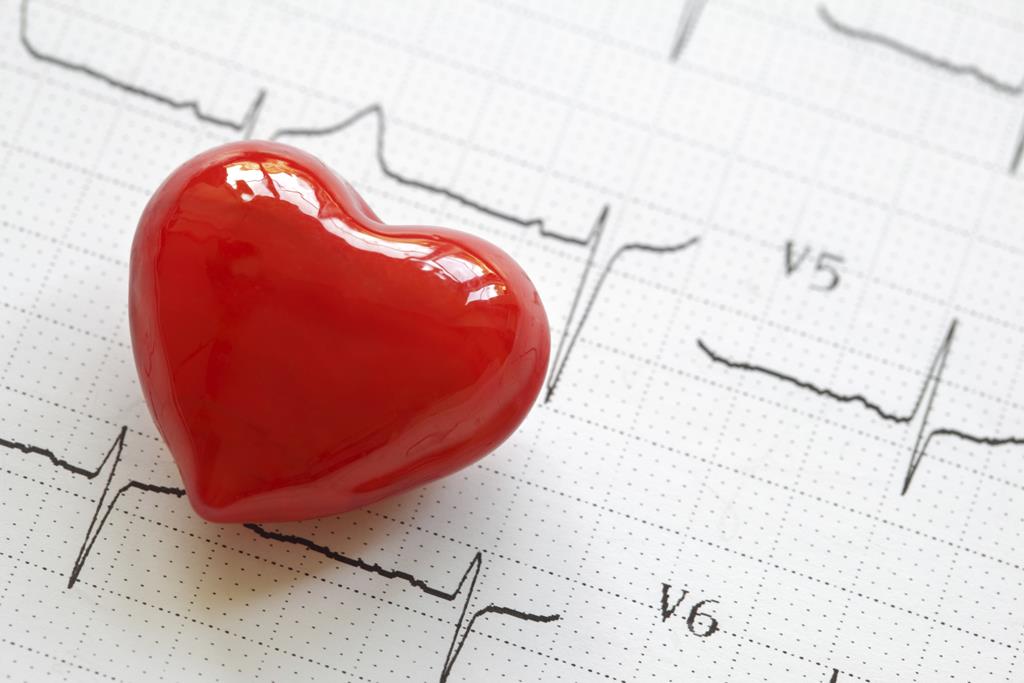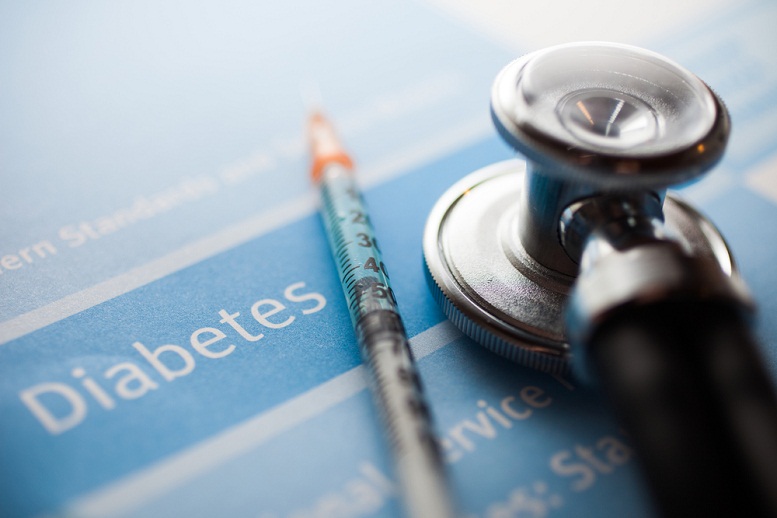has a significant role in the development and management of diabetes. Having a solid understanding of ‘s part in diabetes can facilitate its prevention, treatment if you have already been diagnosed with the condition, and it can also make your doctor visits much more informative.
‘s Task in the Body
carries out an essential task in the body with regards to our dietary habits. When we eat, particularly foods that are rich in carbohydrates, our blood sugar level elevates. As our glucose (blood sugar) level goes up, the pancreas secretes into our bloodstream so that the body’s cells can absorb the sugar as a source of energy.
The Link Between Diabetes and
When the pancreas can secrete correctly, and the sugar can be used as a source of energy as it needs to be, the body can also work properly. In other words, the body is supplied with the required energy to remain stable and healthy. However, when the body cannot release as it should, the cells in the body cannot use the glucose in the bloodstream as energy. When the cells cannot make use of the blood sugar as a source of energy, all the sugar present in the blood raises the body’s blood sugar levels, resulting in a host of symptoms. The most common symptoms are fatigue, blurry vision, thirst, concentration issues, and tingling in the arms and legs.
‘s Part in Different Diabetes Types
The two primary types of diabetes are type I and type II. There is also prediabetes which puts one at a higher risk of developing type II diabetes. has an integral role in all diabetes types, however.
Type I diabetes is the most puzzling of them all given that there is still a lot to be answered about how it develops. In type I diabetes, the cells that make in the pancreases are killed, resulting in a lack of production to meet the body’s needs.
Prediabetes typically leads to type II diabetes, and both types of diabetes are brought on by similar circumstances. Also, plays an almost identical role in the onset of both diabetes types. What takes places in both prediabetes and type II diabetes is that the body’s cells grow immune to , which results in a need for intake of increasingly large doses of to facilitate sugar absorption. In turn, the pancreas loses its ability to secrete sufficient amounts of to promote absorption, leading to an excess sugar buildup in the bloodstream.
In both type I and type II, patients need supplements to enable sugar absorption by the cells and regulate and keep their glucose levels in an optimal range. Adopting a diet that is limited in carbohydrates also helps in controlling blood sugar levels, which in turn results in a need for less use.
Without proper treatment, prediabetes almost always results in type II diabetes. Prediabetes and type II diabetes are both treatable, and sometimes even without using on a daily basis. Patients with type I diabetes, however, must use their entire life.
Featured Image: Depositphotos/© minervastock




